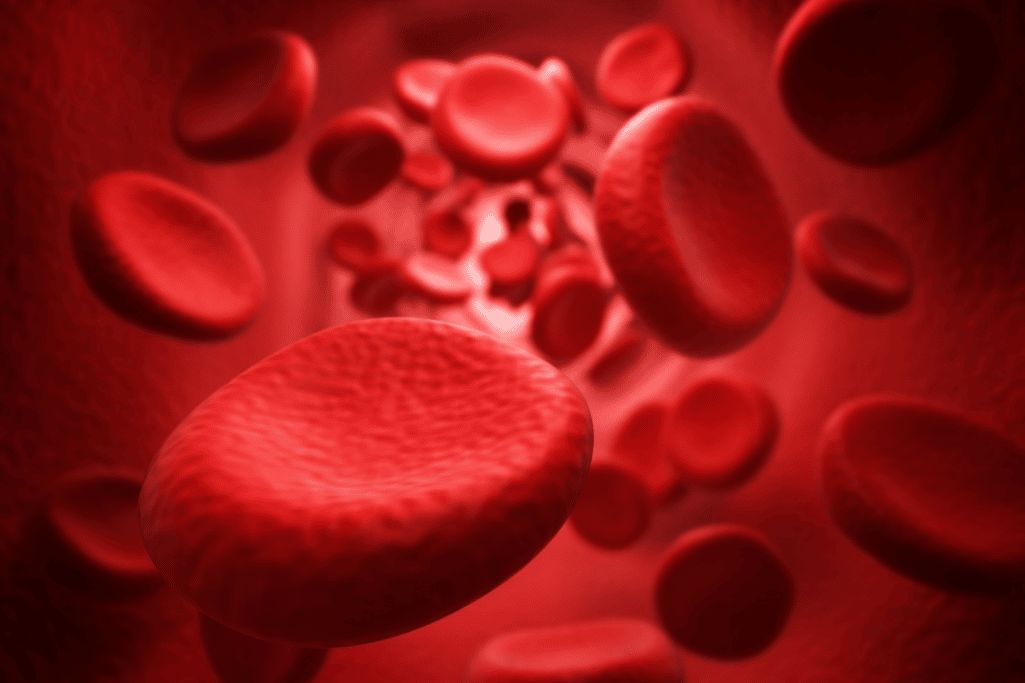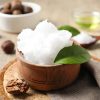- Empty cart.
- Continue Shopping
Understanding the Different Types of Blood Cells

Blood is more than just a red liquid that flows through your veins. It’s a complex mixture of cells, platelets, and plasma that work in harmony to perform a multitude of functions. From fighting off infections to transporting oxygen, the components of blood are essential for our survival.
Red Blood Cells (RBCs): The Oxygen Carriers
Structure and Function
Red blood cells, also known as erythrocytes, are the most abundant cells in the blood. These cells are biconcave in shape, which increases their surface area and allows for efficient gas exchange. Their primary role is to carry oxygen from the lungs to the tissues and organs throughout the body. Hemoglobin, a protein inside RBCs, binds to oxygen and gives blood its characteristic red color.
Production and Lifespan
Red blood cells are produced in the bone marrow and have a lifespan of about 120 days. After this period, they are broken down in the spleen and liver, and their components are recycled.
Disorders
Anemia is a common disorder affecting red blood cells. It occurs when there’s a deficiency in the number of RBCs or the amount of hemoglobin, leading to symptoms like fatigue and weakness. On the other hand, polycythemia is a condition characterized by an excessive number of RBCs, which can make the blood more viscous and lead to complications like blood clots.
White Blood Cells (WBCs): The Body’s Defense System
Types and Functions
White blood cells, or leukocytes, are the soldiers of the immune system. They come in various forms, each with a specific function:
- Neutrophils: These cells are the first to arrive at the site of infection and are responsible for engulfing and destroying pathogens.
- Lymphocytes: Comprising B-cells and T-cells, lymphocytes are crucial for adaptive immunity. B-cells produce antibodies, while T-cells destroy infected cells.
- Monocytes: These cells transform into macrophages and help in cleaning up dead cells and debris.
- Eosinophils: They play a role in combating parasitic infections and are involved in allergic reactions.
- Basophils: These cells release histamine during allergic reactions and help in the clotting process.
Production and Lifespan
Like red blood cells, white blood cells are also produced in the bone marrow. However, their lifespan varies from a few hours to several days, depending on the type and function.
Disorders
Leukemia is a type of cancer that affects white blood cells, leading to an uncontrolled increase in their numbers. Conversely, leukopenia is a condition where there is a low WBC count, making the body more susceptible to infections.
Platelets: The Clotting Agents
Structure and Function
Platelets, or thrombocytes, are small, disc-shaped cell fragments that play a vital role in blood clotting. When there’s an injury, platelets adhere to the damaged blood vessel and release chemicals that initiate the clotting process.
Production and Lifespan
Platelets are produced in the bone marrow from megakaryocytes and have a lifespan of about 8 to 10 days.
Disorders
Thrombocytopenia is a condition characterized by low platelet count, leading to excessive bleeding. On the flip side, thrombocytosis is when there is an abnormally high number of platelets, increasing the risk of blood clots.
In conclusion, understanding the different types of blood cells is crucial for grasping how our bodies function, fight off diseases, and heal themselves. Red blood cells transport oxygen, white blood cells defend against pathogens, and platelets help in clotting. Disorders affecting any of these cells can have significant implications for our health. Therefore, regular blood tests and check-ups are essential for monitoring the health of your blood cells and, by extension, your overall well-being.








